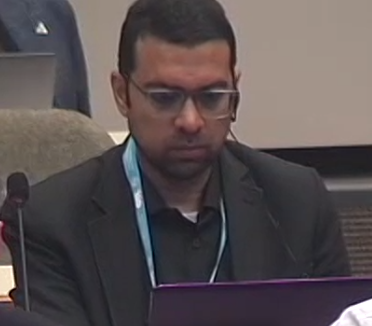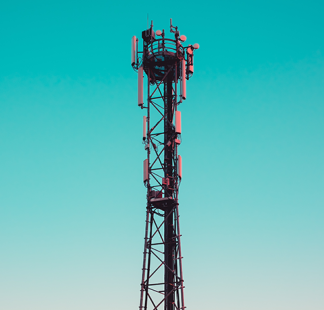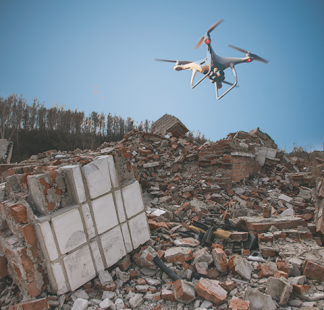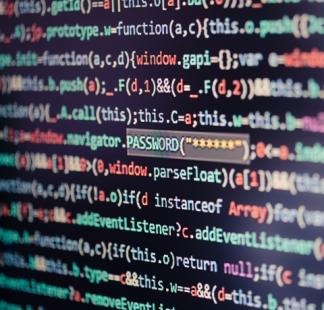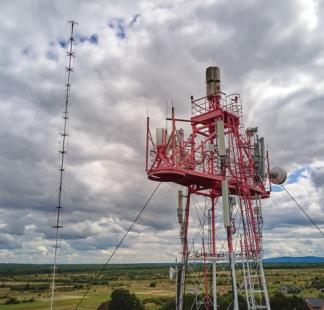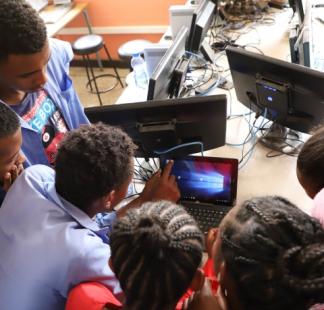- Mona Ismail
- Amany Shehab
- Ahmed Soliman
- Célia Pellet
Introductory
Event Organizer(s)

Description
This training course focuses on equipping participants with foundational knowledge and practical skills in Spectrum Monitoring. It emphasizes the critical role of spectrum monitoring in ensuring efficient use of radio frequencies, addressing interference issues, and supporting regulatory compliance.
The participants will be equipped with the necessary skills to conduct spectrum measurements and analyze results, operate advanced spectrum monitoring and direction-finding equipment as well as identify and analyze interference problems in various scenarios.
This program is designed for beginner engineers in telecommunications, spectrum management authorities, regulatory bodies, and technical engineers seeking to enhance their expertise in spectrum monitoring and interference resolution.
With a theoretical knowledge, this program prepares participants to excel in managing radio frequency resources effectively.
Qualifications or experience needed to participate in this training course:
- Professional Experience: no experience needed in telecommunications or spectrum management.
- Technical Knowledge:
- General understanding of wireless communication principles and radio frequency concepts.
- Basic familiarity with technical devices such as spectrum analyzers or monitoring equipment.
- Desirable Qualifications:
- A degree in telecommunications, electrical engineering, or a related field is preferred.
Selection criteria:
- Demonstrated ability to troubleshoot spectrum interference issues.
- Proven track record of analyzing spectrum measurement reports.
- Advanced knowledge of wireless communication systems.
Number of available places for the cohort: Max 40
- Recognize Core Concepts:
- Grasp the fundamentals of spectrum monitoring and its importance in managing radio frequencies effectively.
- Recognize the relationship between spectrum monitoring and spectrum management.
- Apply International Standards:
- Recognize and apply international guidelines to spectrum monitoring tasks.
- Examine Equipment Usage:
- Identify monitoring tools such as spectrum analyzers, direction-finding systems, and other related equipment.
- Manage Interference:
- Identify and analyze radio interference issues.
- Identify Direction Finding Techniques:
- Apply direction-finding methods to locate transmitters and address unauthorized spectrum use.
- Describe Measurement Data:
- Interpret measurement results and spectrum scanner outputs to ensure efficient frequency use.
A clear methodology is employed to ensure the training objectives are effectively achieved:
- Theoretical Training:
- Explaining Fundamental Concepts: Begin with clear and comprehensive definitions of key concepts such as spectrum monitoring, direction finding, and radio interference.
- Utilizing Reference Materials: Rely on ITU-R recommendations, the Spectrum Monitoring Handbook issued by the ITU, and technical reports as scientific references to enhance the content.
- Interactive Lectures: Encourage open discussions with trainees to explain concepts and link them to practical applications.
- Interactive Learning:
- Case Studies: Present real-life examples of spectrum monitoring and interference issues, along with their resolutions.
- Assessment and Feedback:
- Performance Evaluation: Measure trainees’ progress through theoretical tests to ensure objectives are being met.
- Immediate feedback: Provide constructive comments during the training to improve performance.
- Immediate Answers: provide correct answers for online questions during the training.
- Use of Advanced Educational Tools:
- Presentations: Deliver interactive presentations supported by graphs and multimedia to clarify concepts.
- Enhancing Practical Application in the Workplace:
- Link training to real-world situations that trainees encounter in their professional roles.
To ensure participants meet the learning objectives effectively, the following methods and weight distribution will be used to measure and assess their performance:
Assessment Methods:
- Knowledge Assessments/Quizzes:
- Periodic quizzes to evaluate understanding of theoretical concepts.
- Questions related to spectrum monitoring fundamentals, international standards, and interference management.
- Final Exam:
- A comprehensive written or practical test assessing the participant's ability to integrate theoretical knowledge with practical applications.
This structure ensures a balanced evaluation of theoretical knowledge and practical skills, equipping participants with the necessary expertise in spectrum monitoring.
Activity and weighting (%)
- Group Activity : 30
- Assessments/Quizzes: 30
- Final Exam: 40
A total score of 80% or higher is required to obtain the ITU certificate
Day 1
- Session: Spectrum Monitoring Basics – Monitoring Tasks
- Learning Outcomes:
- Spectrum Monitoring Definition
- Importance of Spectrum Monitoring
- Role of Monitoring
- Relationship between Spectrum Monitoring and Spectrum Management
- Tasks of a Monitoring Service
- Types of Measurements
- Activities: Presentations
- Learning Outcomes:
Day 2
- Session: Monitoring Stations
- Learning Outcomes:
- Basic Monitoring Stations
- Activities: Presentations, Quiz
- Learning Outcomes:
Day 3
- Session: Spectrum Analyzer – EMF Measurement
- Learning Outcomes:
- Spectrum Analyzer Types
- Spectrum Display Screen
- Theory of Operation
- Spectrum Analyzer Settings
- Introduction to EMF and Its Sources
- Regulatory Frameworks and Guidelines
- Fundamentals of EMF Measurement
- Measurement Techniques
- Practical Session: Basic EMF Measurements
- Activities: Presentations, Online demonstration for Spectrum Analyzer
- Learning Outcomes:
Day 4
- Session: Direction Finding – Interference
- Learning Outcomes:
- Definition of Direction Finding
- Tasks of Radio Direction Finding
- Direction Finding Techniques
- Components of a DF System
- DF Antennas
- Basic Interference Analysis
- Activities: Quiz, Presentations
- Learning Outcomes:
Day 5
- Session: Spectrum Scanning – Spectrum Monitoring in ITU
- Learning Outcomes:
- Introduction to Spectrum Scanners
- Introduction of Mobile Techniques
- Principles of Spectrum Monitoring Using Scanners
- Getting Started with Spectrum Scanners
- ITU R-SG1-WP1C
- Activities: Quiz, Presentations, Online demonstration for Scanner, Final Exam
- Learning Outcomes:
Tutors
